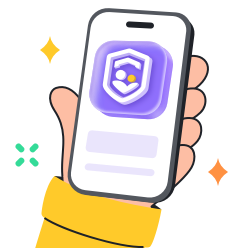Are you curious about how to unlock an iPhone without a passcode when your child has been locked out or you have forgotten the code?
You are not the only one. As a parent, prompt access is a definite necessity, be it to get emergency contacts or track online activity.
This guide is specially targeted at parents who are looking for secure, trusted ways to unlock their child’s iPhone without the passcode. We will also explore how parents can prevent future iPhone lockouts.
Common scenarios where you need to unlock an iPhone without a passcode
Parents are often faced with scenarios where it is important to understand how to unlock iPhone without passcode to ensure family connectivity and safety.
By being aware of these situations, parents will be able to stay ready in case they are locked out.
Here are scenarios when such a need might occur, demanding a stable solution to restore control without compromising security.
Forgotten passcode or Face ID not working
Children might forget passcodes to their iPhone, particularly when it is a complex combination or when it has been recently changed.
In the same way, Face ID might also fail due to a change of appearance like a change of glasses, or due to technical problems like a malfunctioning sensor.
In the mind of parents, this might mean a locked phone that they cannot use to retrieve important information.
Unlocking iPhone without passcode is essential in restoring access to the device without going through the process of resetting it.
Kids repeatedly entering the wrong passcode
Curious younger children are likely to guess the passcodes when trying to unlock an iPhone by entering different combos like repeated numbers.
This innocent experiment may quickly turn into a disaster when children become frustrated and continue to make wrong guesses.
The problem could be further aggravated by children not understanding the repercussions of multiple failures. They treat it as a game rather than comprehending the security implication.
Parents may only find out about the issue only when their child shows them a locked device, after having tried several times.
iPhone disabled after too many failed attempts
Apple security feature automatically locks iPhones after six failed attempts of entering passcodes. This is followed by lockout periods that escalate to a permanent lockup.
When this security measure is activated, the device shows messages such as “iPhone is disabled, try again in X minutes.” Or the more serious “iPhone is disabled, connect to iTunes”.
This situation demands prompt parental action, since delays might take up to hours while permanent disabling makes the device inaccessible.
Stay connected with your child’s digital world effortlessly with FlashGet Kids!
How to unlock iPhone without passcode?
You may find yourself locked out of your child’s iPhone with no passcode. However, there are effective and safe steps that parents can take to unlock their iPhones.
Here are some of the most effective and trending ways of unlocking an iPhone without the passcode.
iCloud (Find My iPhone) method
Find My iPhone is one of Apple’s services that enables parents to remotely unlock their child’s device when locked out.
The method works well in cases where the iPhone is online and Find My iPhone was previously enabled.
The following are the steps to follow in using the iCloud method.
1. Go to the iCloud site using a different device or computer and log in with the Apple ID linked to the locked iPhone.
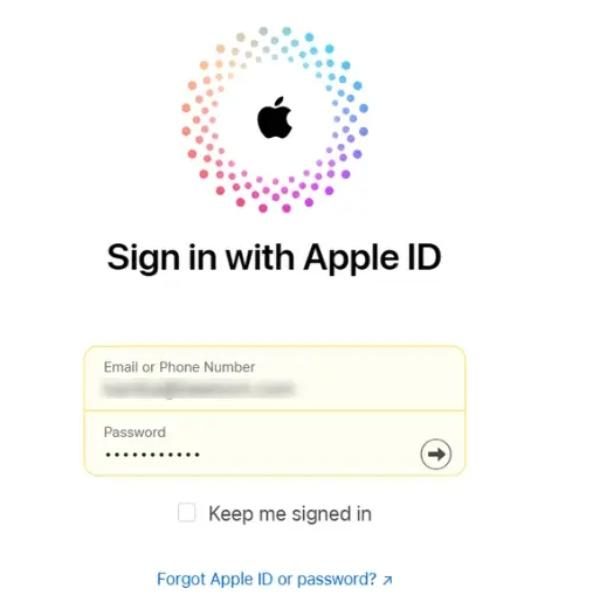


2. Choose Find iPhone.
3. At the top, click on the drop-down menu and choose the locked iPhone in the list of devices.
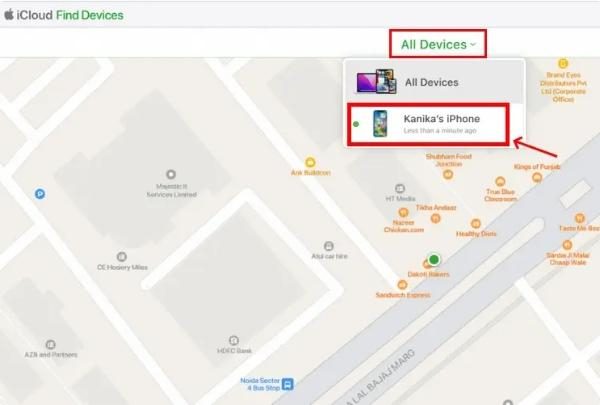


4. Click on Erase iPhone to remotely delete all information, including the passcode.
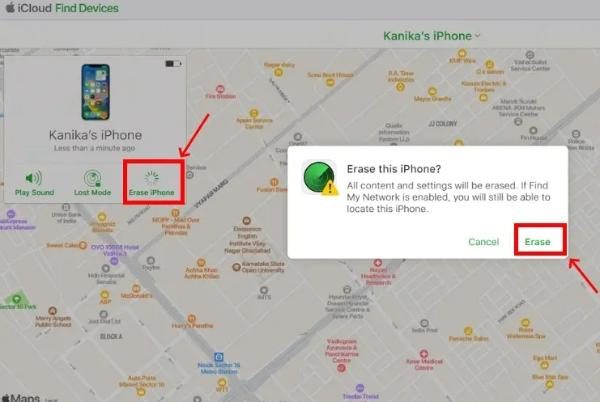


5. Confirm the action by entering the password of your Apple ID.
6. Once deleted, the iPhone will reboot, and you can set it up again, restoring it, in case you have a backup.
The method will wipe out all the contents available in the device, including the forgotten passcode.
You will, however, be required to have Apple ID credentials with you and the Find My iPhone feature turned on.
iTunes/Finder restore
The restore process in iTunes (or Finder on macOS Catalina and later) offers a direct computer-based solution to unlocking disabled iPhones.
This process works even in the instances when Find My iPhone is switched off as it requires the use of a computer and USB.
The following are the steps involved in the iTunes/Finder restore process.
1. Connect your iPhone with an already synchronized computer.
2. Open iTunes or Finder.
3. If you receive a request to enter a passcode, log in using another computer that you have synchronized.
4. When asked to pick an iPhone, pick the one that needs to be unlocked.
5. Tap on restore iPhone. This will clean the device, and it will be updated to the latest iOS.
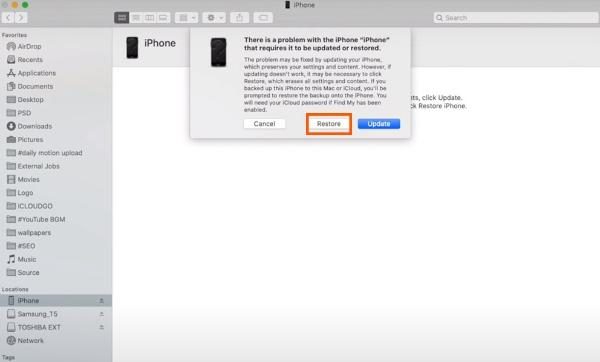


6. After the restore, set up your iPhone and recover your data in case you has backed up.
This will not just assist you in getting the newest iOS update and deleting all the contents on the device. At the same time, it will delete the forgotten passcode.
Recovery mode
Recovery mode puts the iPhone into a state where it can restore the device, even when the device is completely unresponsive.
The recovery process, however, varies depending on the model of your iPhone. The following are the steps to be followed to go into recovery mode.
Plug your iPhone to the computer and launch iTunes or finder.
Place your iPhone into Recovery Mode by pressing buttons depending on your model.
- iPhone 8 and higher. Press and release Volume Up, then Volume Down, then press and hold Side button until a screen with the recovery mode appears.
- For iPhone 7/7+ Press and hold the volume down and side buttons till the recovery mode screen appears.
- iPhone 6s and below. Press Home and Side buttons together until recovery mode screen shows up.
iTunes/Finder will recognise the iPhone in recovery mode and ask to Restore or Update.
Tap Restore to delete the device and get rid of the passcode.
Once done, reconfigure the iPhone.
Recovery mode is especially effective in cases where the iPhone has been frozen or does not respond to standard connection attempts.
Third-party unlock tools
In cases where Apple solutions are inapplicable, professional third-party programs may be used instead.
Such software should only be obtained from reputable companies that have a track record. The following steps can be followed using third-party tools (general process).
- Download a trustworthy program such as Tenorshare, 4uKey or iMyFone LockWiper to your computer.
- Connect the locked iPhone and the computer.
- Launch the application and select the option of unlocking the screen with a passcode.
- Follow the on-screen directions to place your device in the Recovery or DFU mode.
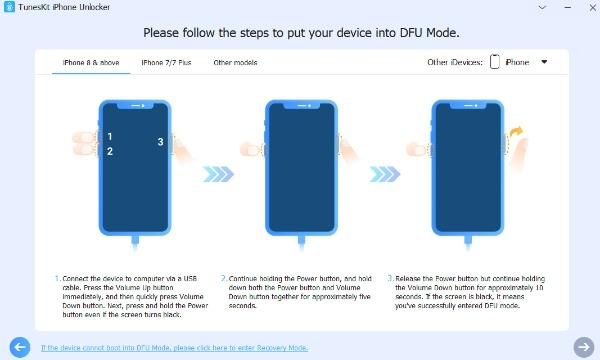


- The software will install the right firmware and unlock the iPhone by eliminating the passcode.
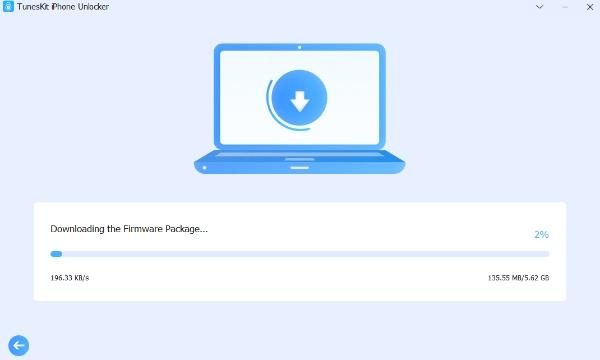


- Once this is done, the iPhone will reboot without passcode.
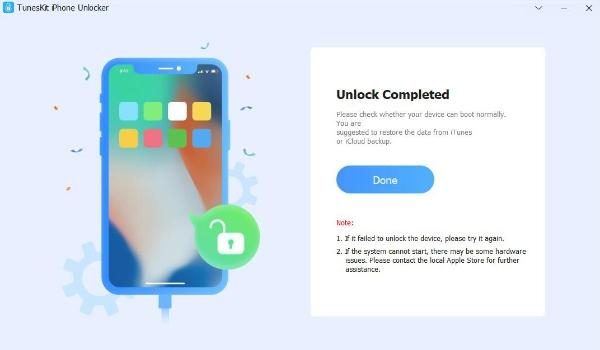


Third-party software tends to be simpler to operate and more versatile. However, one should only get licensed software and use it safely to avoid security breaches or information leaks.
Tips for parents to avoid future iPhone lockouts
Once you have managed to unlock iPhone without passcode, it is time to make sure that this does not happen again.
The following are tips parents can use to prevent future lockouts and enjoy seamless access to the iPhone of their child.
1. Enable biometric login (Face ID/Touch ID)
The Face ID or Touch ID setting is a quick and secure way to unlock an iPhone. With it, you will not have to enter a passcode every time a person wishes to unlock the phone.
This reduces the chances of forgetting the passcode or even trying too many times to enter the wrong passcode.
Biometric authentication is convenient for parents as well as kids, as access to the devices is facilitated without undermining security.
2. Store passcodes securely with a password manager
Another way of never forgetting or losing the passcode is by saving the iPhone passcode in a secure password manager.
With this tool, parents can store and retrieve passcodes as needed, eliminating the need to rely on memory.
Some password managers also offer safe storage and synchronization across devices, implying that one can access passwords safely from anywhere.
3. Regularly back up iPhone to iCloud or iTunes
Regular backups are essential in protecting your child’s data in case the phone has to be erased to unlock it.
Parents are advised to enable automatic iCloud backups or manually back the device through iTunes or Finder over a computer.
In doing this, when the phone is disabled, data can be restored easily when unlocked, hence reducing loss of data.
4. Use FlashGet Kids to monitor and manage passcode behavior
Parental control applications like FlashGet Kids allow parents to monitor what their children do on their devices, including passcode attempts.
This helps in establishing whether children are entering the wrong passcodes to enable parents to take necessary measures in advance.
Moreover, FlashGet Kids provides parents the capacity to manage screen time as well as block app usage to promote responsible use of devices.
Can we see the screen of kid’s mobiles when they block?
Currently, parents cannot directly access the screen of the iPhone of their child when it is blocked or locked.
However, a parental control app like FlashGet Kids does offer features like Screen Mirroring that let parents see the phone screen of a child in real-time.
This capability can be invaluable when you want to know how they use their devices. It provides insights into what content they are viewing and how they act on the Internet in general.
Besides the screen mirroring, FlashGet Kids also offers the following functionalities.
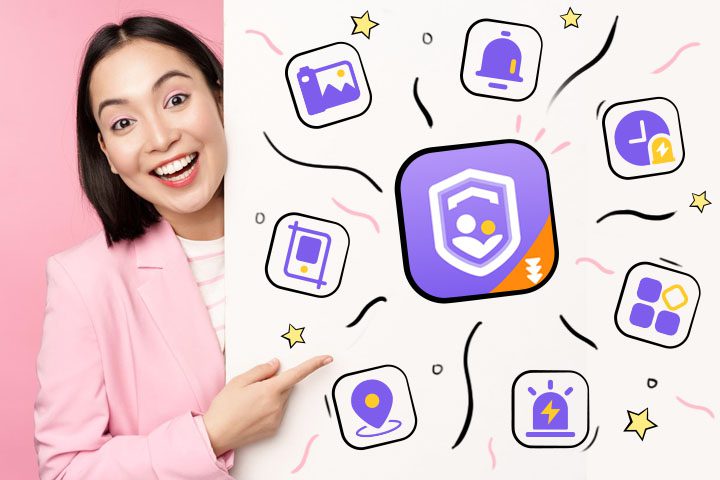


- App Blocker. Allows restricting access to applications that might distract children or cause lockout reducing the need to unlock an iPhone without a passcode.
- Notifications Tracking. Offers alerts when suspicious behavior occurs, such as several passcode attempts. This gives parents time to intercept before the device is disabled.
- Snapshot Feature. Takes screenshots of the child’s screen. These may be used to review activity when a device has been blocked to prevent future lockouts.
FlashGet Kids’ comprehensive solutions allow parents to be conscious and involved in their children’s mobile use. It provides a balance between safety and privacy quite well.
It is important to note, however, that currently FlashGet Kids only works on Android devices. Developers are currently working on the app to make it compatible with Apple in the coming months.
Such future support on iPhones will make a massive difference. It will give parents the ability to monitor their children from any device they are on.
Conclusion
The ability to unlock iPhone without passcode will help parents manage lockouts on kid’s devices without jeopardizing the security of the family.
By incorporating pro-active and credible unlocking tips, parents will ensure that their children will be able to access their devices, in the event of an emergency.
It is important to note that the goal is not just to restore access. It is to seek lasting resolutions that will guarantee that the safety and tranquility of the family are maintained.

